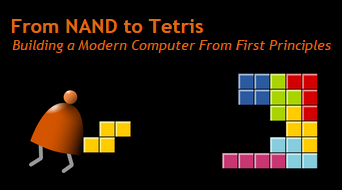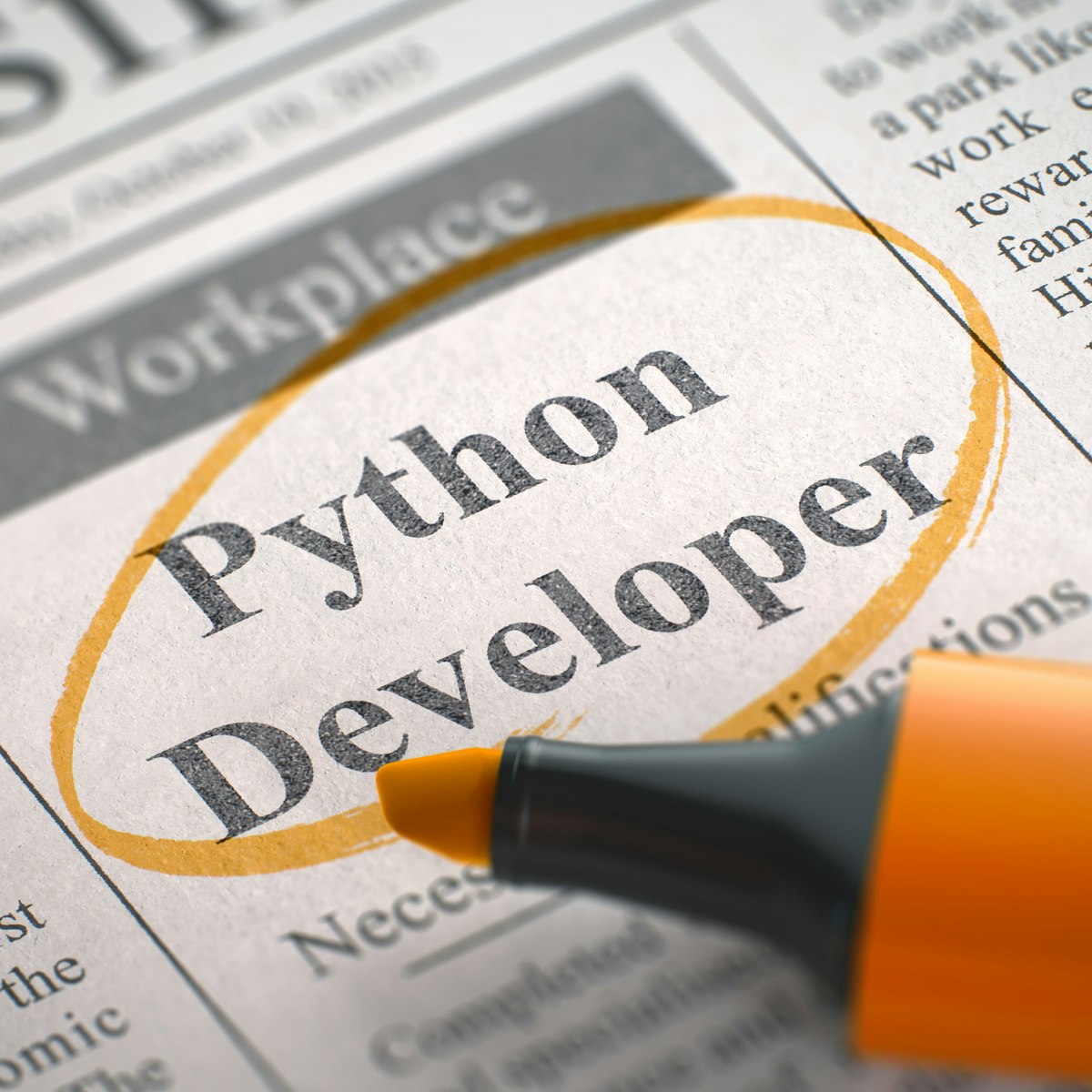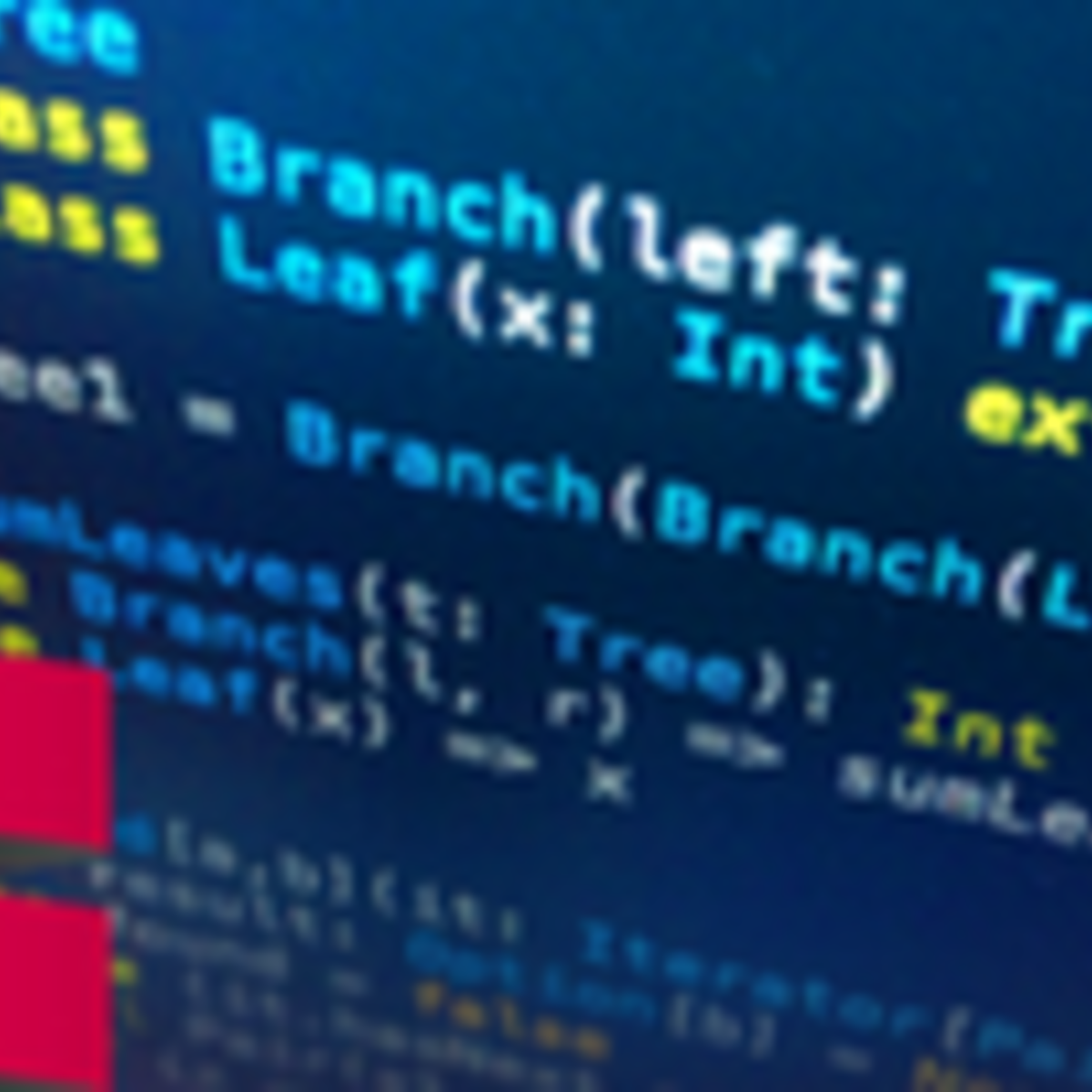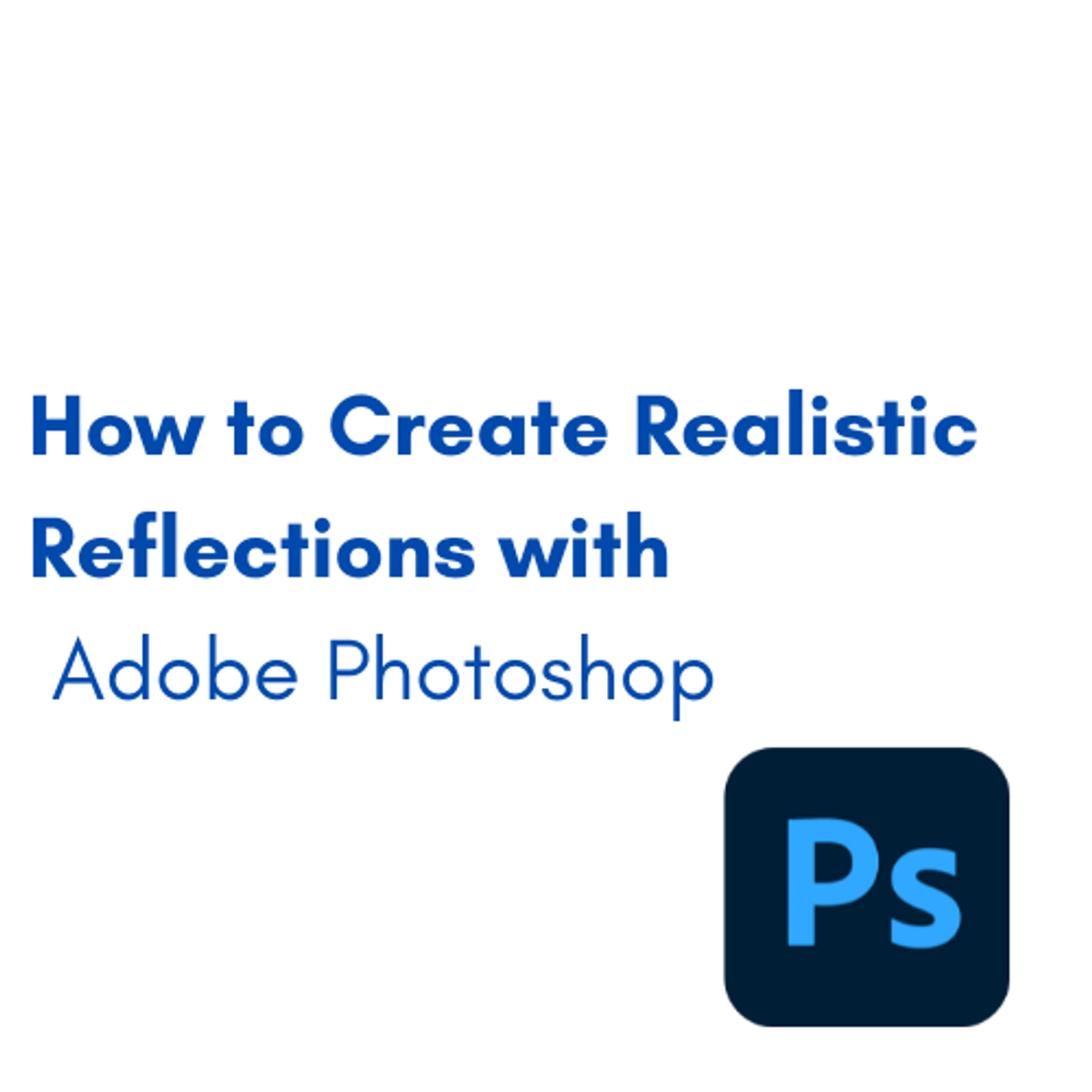Back to Courses









Computer Science Courses - Page 8
Showing results 71-80 of 2309

Step into RPA
Step into RPA is a 4-hour course where you will learn the basic concepts of Robotic Process Automation, commonly known as RPA, and understand the capabilities of software robots. The course equips you with skills to automate repetitive day-to-day tasks.
This course is tailored for non-technical audience who want to learn the basics of Robotic Process Automation and have basic knowledge of computers.

Build a Modern Computer from First Principles: From Nand to Tetris (Project-Centered Course)
What you’ll achieve:
In this project-centered course* you will build a modern computer system, from the ground up. We’ll divide this fascinating journey into six hands-on projects that will take you from constructing elementary logic gates all the way through creating a fully functioning general purpose computer. In the process, you will learn - in the most direct and constructive way - how computers work, and how they are designed.
What you’ll need:
This is a self-contained course: all the knowledge necessary to succeed in the course and build the computer system will be given as part of the learning experience. Therefore, we assume no previous computer science or engineering knowledge, and all learners are welcome aboard. You will need no physical materials, since you will build the computer on your own PC, using a software-based hardware simulator, just like real computers are designed by computer engineers in the field. The hardware simulator, as well as other software tools, will be supplied freely after you enroll in the course.
Course format:
The course consists of six modules, each comprising a series of video lectures, and a project. You will need about 2-3 hours to watch each module's lectures, and about 5-10 hours to complete each one of the six projects. The course can be completed in six weeks, but you are welcome to take it at your own pace. You can watch a TED talk about this course by Googling "nand2tetris TED talk".
*About Project-Centered Courses: Project-centered courses are designed to help you complete a personally meaningful real-world project, with your instructor and a community of learners with similar goals providing guidance and suggestions along the way. By actively applying new concepts as you learn, you’ll master the course content more efficiently; you’ll also get a head start on using the skills you gain to make positive changes in your life and career. When you complete the course, you’ll have a finished project that you’ll be proud to use and share.

Build a Guessing Game Application using Java
In this project you will create a guessing game application that pits the computer against the user. You will create variables, static methods, decision constructs, and loops in Java to create the game.
Learning Java gives the programmer a wide variety of career paths to choose from. Java was once the property of Sun Microsystems but is now an open-source (free) programming language that is used in web programming, mobile applications, and many desktop applications. Java is a natural choice for object-oriented programming as it contains many existing classes for the programmer to use from its feature-rich API. In addition, Java is truly cross-platform, which means it can be compiled on a Windows system and executed on a Mac or Linux system. Java contains a built-in garbage collector that removes objects no longer needed in the application which reduces memory leak issues.
Note: This course works best for learners who are based in the North America region. We’re currently working on providing the same experience in other regions.

Introduction to D3.js
This Guided Project, Introduction to D3.js is for those who want to learn about D3.js which is a JavaScript library for producing SVG-based, dynamic, interactive data visualizations in web browsers. In this 2-hour-long project-based course, you will get to know different SVG elements, build SVG-based webpages using D3.js, Integrate data into the SVG elements, and build simple data visualizations using D3.js. This project is unique because you will learn to build simple SVG-based data representations from scratch using D3.js. You will also learn how to integrate JSON data into your D3 data visualization. To be successful in this project, you will need to have knowledge of HTML, CSS, and Javascript programming language and to be experienced working with Visual Studio Code IDE.

Python Data Visualization
This if the final course in the specialization which builds upon the knowledge learned in Python Programming Essentials, Python Data Representations, and Python Data Analysis. We will learn how to install external packages for use within Python, acquire data from sources on the Web, and then we will clean, process, analyze, and visualize that data. This course will combine the skills learned throughout the specialization to enable you to write interesting, practical, and useful programs.
By the end of the course, you will be comfortable installing Python packages, analyzing existing data, and generating visualizations of that data. This course will complete your education as a scripter, enabling you to locate, install, and use Python packages written by others. You will be able to effectively utilize tools and packages that are widely available to amplify your effectiveness and write useful programs.
Functional Programming Principles in Scala
Functional programming is becoming increasingly widespread in industry. This trend is driven by the adoption of Scala as the main programming language for many applications. Scala fuses functional and object-oriented programming in a practical package. It interoperates seamlessly with both Java and Javascript. Scala is the implementation language of many important frameworks, including Apache Spark, Kafka, and Akka. It provides the core infrastructure for sites such as Twitter, Netflix, Zalando, and also Coursera.
In this course, you will discover the elements of the functional programming style and learn how to apply them usefully in your daily programming tasks, such as modeling business domains or implementing business logic. You will also develop a solid foundation for reasoning about functional programs, by touching upon proofs of invariants and the tracing of execution symbolically.
The course is hands-on; most units introduce short programs that serve as illustrations of important concepts and invite you to play with them, modifying and improving them. The course is complemented by a series of programming projects as homework assignments.
Recommended background: You should have at least one year of programming experience. Proficiency with Java or C# is ideal, but experience with other languages such as C/C++, Python, Javascript, or Ruby is also sufficient. You should have some familiarity using the command line.

Internet of Things: Communication Technologies
Have you wondered how “Things” talk to each other and the cloud? Do you understand the alternatives for conveying latency-sensitive real time data versus reliable signaling data? Building on the skills from the Sensing and Actuation course, we will explore protocols to exchange information between processors.
In this course, you will learn how VoIP systems like Skype work and implement your own app for voice calls and text messages. You will start by using the Session Initiation Protocol (SIP) for session management. Next, you will learn how voice codecs such as Adaptive Multi Rate (AMR) are used in 3G networks and use them for voice traffic in your app.
Learning Goals: After completing this course, you will be able to:
1. Implement session initiation, management and termination on your DragonBoard™ 410c using SIP.
2. Discover other users and exchange device capabilities.
3. Compare and contrast narrowband and wideband codecs and experience the voice quality differences between them.
4. Implement and demonstrate VoIP calls using the DragonBoard 410c.

Python Data Structures
This course will introduce the core data structures of the Python programming language. We will move past the basics of procedural programming and explore how we can use the Python built-in data structures such as lists, dictionaries, and tuples to perform increasingly complex data analysis. This course will cover Chapters 6-10 of the textbook “Python for Everybody”. This course covers Python 3.
User Experience: Research & Prototyping
What makes for a great user experience? How can you consistently design experiences that work well, are easy to use and people want to use? This course will teach you the core process of experience design and how to effectively evaluate your work with the people for whom you are designing. You'll learn fundamental methods of design research that will enable you to effectively understand people, the sequences of their actions, and the context in which they work. Through the assignments, you’ll learn practical techniques for making sense of what you see and transform your observations into meaningful actionable insights and unique opportunity areas for design. You’ll also explore how to generate ideas in response to the opportunities identified and learn methods for making your ideas tangible. By answering specific questions and refining your concepts, you’ll move closer to making your ideas real. We’ll use cases from a variety of industries including health, education, transportation, finance, and beyond to illustrate how these methods work across different domains.
Good luck and we hope you enjoy the course!

How to Create Realistic Reflections with Adobe Photoshop
After we finish this project, you will be able to create a reflection of any landscape you like whether it’s in the morning or evening, and add different effects to it using Photoshop.
Throughout the project, you will be able to use basic tools like the transform tool and you will identify layers on Photoshop.
This is for anyone who is a beginner level designer that is interested in adding some life to a boring picture they want to use. It can also be for photographers who want to add a little bit of spark and brighten up photos they took on a trip.
This project will be fun and super simple, it helps turn a picture in your imagination into reality. It will also help anyone who wants to launch a new product in their collection, but didn’t have the right setting during a photoshoot. The tools we will learn together will help us create a reflection to amplify the photo. It will turn from a normal image to an artwork with a few small edits. Adobe Photoshop is used to bring your imagination to life. It’s where you can unlock your creativity and use innovative features to create avant-garde graphics for your projects.
Popular Internships and Jobs by Categories
Browse
© 2024 BoostGrad | All rights reserved


